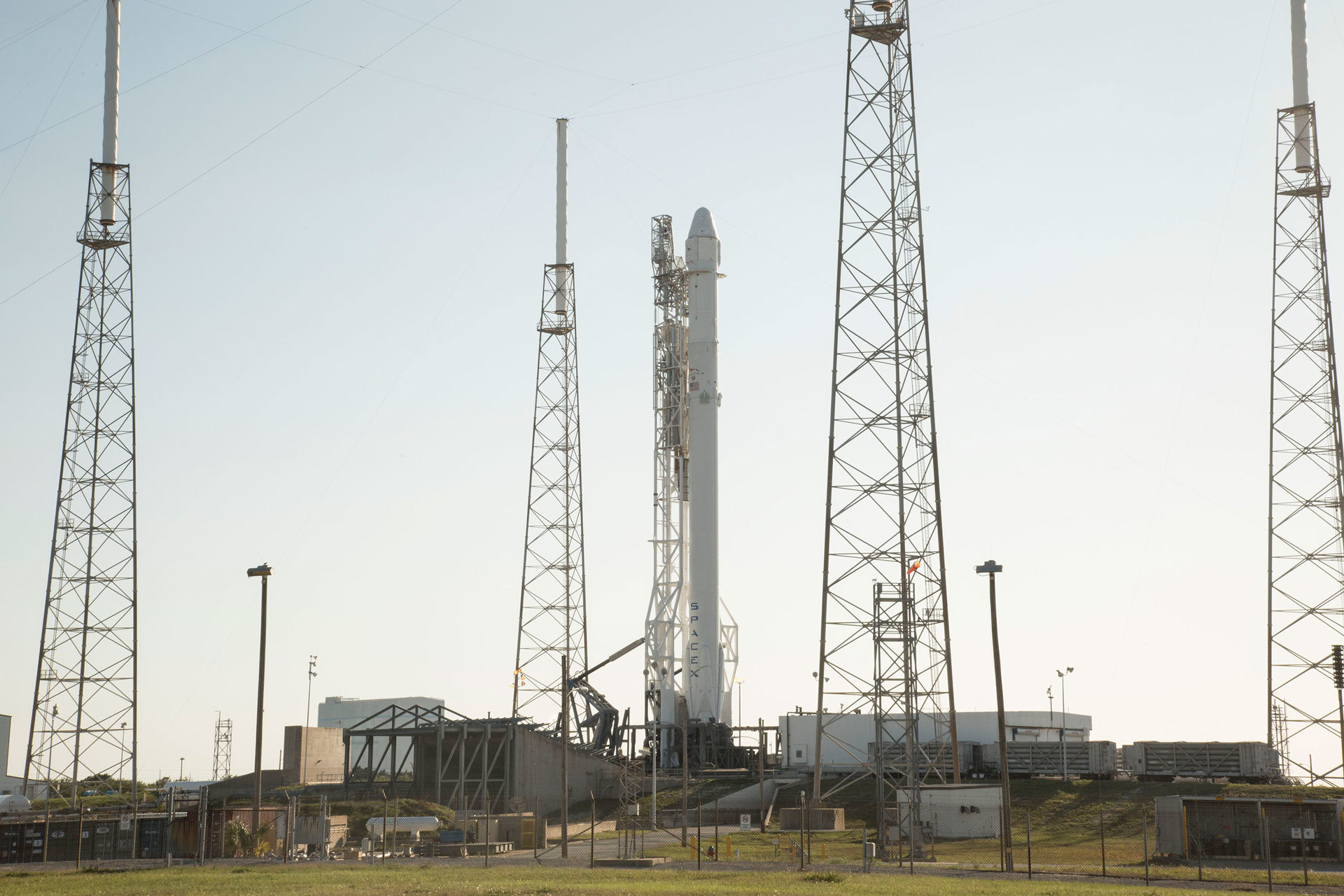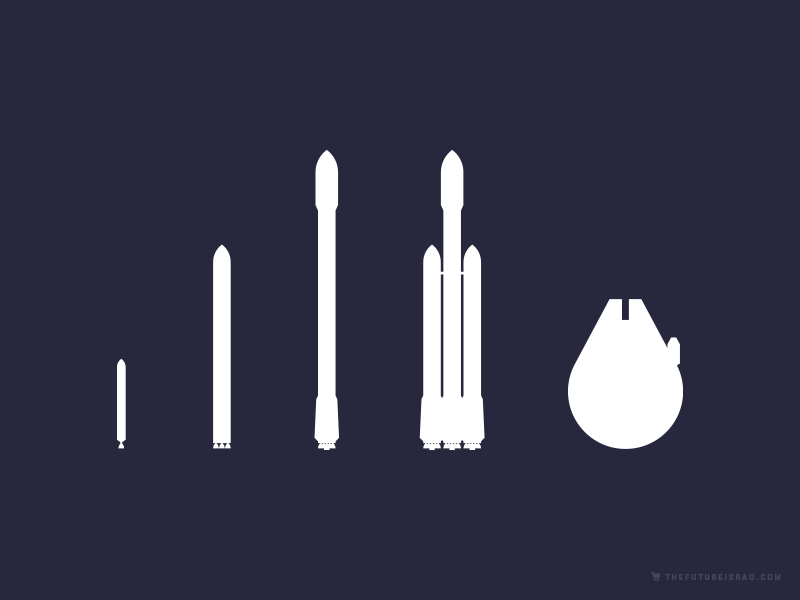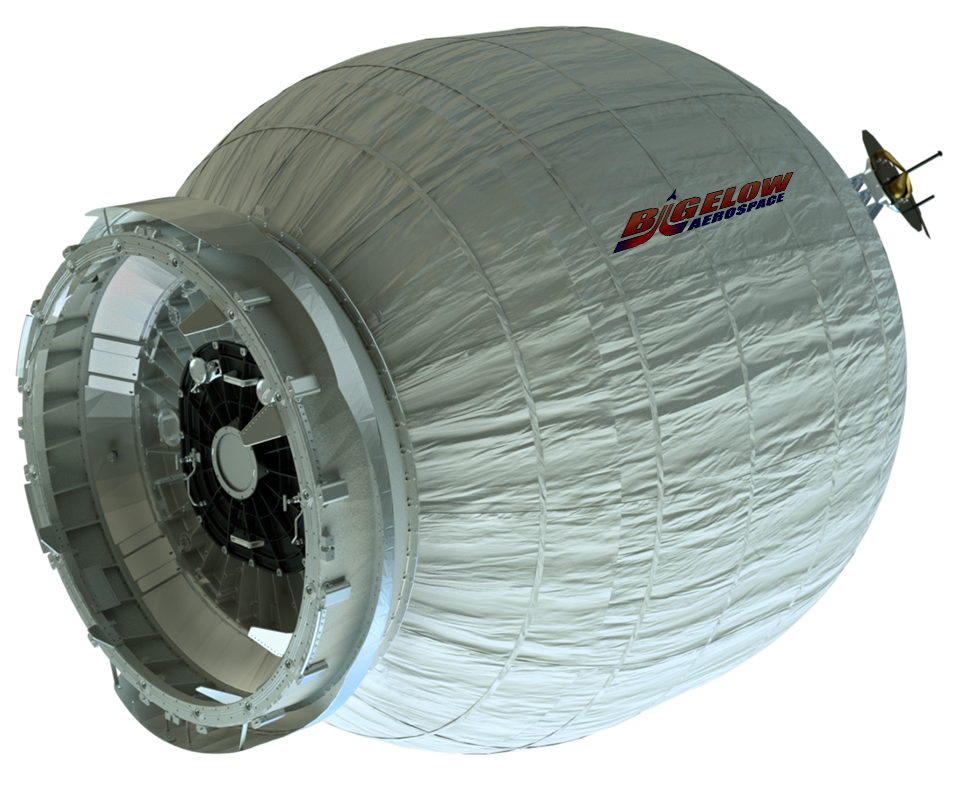SpaceX CRS-8 launch with the landing of the Falcon 9 stage at the floating spaceport - on Friday at 23:43 Moscow time

CRS-8, Cape Canaveral, SpaceX .
On April 8, SpaceX, a private space company, will launch the CRS-8 spacecraft for the purpose of supplying the International Space Station. The Dragon capsule will bring supplies, equipment, and an BEAM inflatable module to the station. Friday's launch is interesting in the renewal of SpaceX missions on the ISS and in another attempt to land the first stage of the rocket on a barge in the open sea.
The last time the "Dragon" flew to the ISS on June 28 of last year, but failed. After 2 minutes 19 seconds after launch at an altitude of about 45 kilometers during the operation of the first stage, the Falcon v1.1 rocket exploded. Later, the investigation revealed a problem with supercharger tank struts . One of the rods broke under load below the one that had to withstand. The strut held one of the pressurization tanks with helium under pressure of 374.3 atmospheres. As a result, the integrity of the second stage was broken. The rocket, the spacecraft and its cargo were lost.
Unsuccessful launch of CRS-7 in June last year.
')
Since then, the company Ilona Mask has not launched a single space truck to the ISS. For several months, the question has been raised when the Dragon will again visit the ISS. The answer to it will appear this Friday. The Dragon ship must return to service and deliver an interesting load as part of the launch of the CRS-8.
A few days ago there was a test start of engines on Earth - a small step of a well-regulated series of events that are a sign of a successful launch.
Dragon mission to @Space_Station Static fire complete, teams reviewing pic.twitter.com/RFUmKwBdaI
- SpaceX (@SpaceX) April 6, 2016
On Friday, on the second launch window, the Falcon FT rocket will detach from the surface of the SLC-40 complex at Cape Canaveral. It will lead the ship Dragon without the people on board to the specified orbit. At a given moment, the first stage will separate from the rocket. The second will continue to accelerate the ship, and the first will perform a turn and brake maneuver.
Lattice rudders will direct the step to the desired point. When approaching the Earth several engine starts will help to stop the aircraft. Pneumatics will open four supports. Then there will be a landing on a deserted barge "Of course I still love you." Whether it will be successful is one of the start-up puzzles.
In a video above March 21, an enthusiast filmed an autonomous spaceport spacecraft Of Course I Still Love You. The explosion damage of the first SES-9 launch stage is noticeable . None of the attempts to retain the first stage when landing at the floating spaceport was a success.
So far, SpaceX can boast only one step, which has returned to Earth as a whole. But landing took place on the ground on Earth. Meanwhile, Jeff Bezos's Blue Origin not only landed the first stage of her New Shepard rocket , but also re-launched . However, different characteristics: New Shepard is created for short tourist suborbital flights. Falcon 9 followers target Mars .
To ensure the withdrawal of cargo will be the booster Falcon 9 FT. This is the latest version of the Falcon 9 family. It will also become the core for the future Falcon Heavy. The current expected launch date for the heavy version of the Falcon rocket is the third quarter of this year.

Evolution of Falcons, The Future is Rad .
CRS-8 starts from Cape Canaveral. The landing area on land - the one that brought success in December - is also there. But SpaceX again works out the script with the barge. Perhaps this is needed for future launches of the Falcon Heavy. Other rumors say that SpaceX would prefer a land profile.
Do not forget about the cost reduction. SpaceX is preparing to sell launches with the first stage used for $ 43 million instead of the usual 61 million for the flight of the new Falcon 9.
The fate of the first stage is not the main thing for SpaceX. The main task is to fulfill the order of NASA. Ten minutes after launch, Dragon will open the solar panels and begin a series of precise engine starts. On Sunday, after two days of maneuvers, the CRS-8 will move closer to the station. There, Jeff Williams and Timothy Peak will catch the ship with a robotic manipulator and dock to the nadir (looking at the Earth) node of the Harmony module. The ship carries about 3175 kilograms of cargo. But this is not just the usual for the ISS food, water, materials for 250 scientific experiments and equipment. In the unpressurized "trunk" of the truck is an experimental inflatable residential module Bigelow Expandable Activity Module (BEAM).
In expanded form, the structure will reach about 4 meters in length and about 3 in diameter. Within two years, BEAM will be docked to the module Node 3 (“Calm”). The first inflatable module will evaluate the prospects for the use of technology. During the period of BEAM operation, various crews will enter it about three to four times a year for several hours in order to collect data. This is a big step forward in the development of space station inflatable modules - for the first time with one of them they will work in orbit.

Render BEAM, NASA .
By the way, the arrival of the CRS-8 will set a record for the number of ships docked to the ISS. Two Soyuz, two Progress, Cygnus and Dragon - six ships, two of which are commercial. The last time six ships were on the ISS from February 26 to March 7, 2011, back in the era of shuttles. At that time, representatives of all of the initially planned supply and crew change ships were present on the ISS: one of the shuttles, the Japanese HTV or Konotori, Soyuz, Progress and the ATV of the European Space Agency.
Weather conditions are great to run. The current estimate is 90% of good weather conditions.
L-1 remains 90% "go" for 4:43 pm Friday's launch of SpaceX Falcon 9, Dragon to ISS.
- James Dean (@flatoday_jdean) April 7, 2016
The launch will traditionally be broadcast on the web. The start itself will be held on April 8 at 23:43 Moscow time . We should expect the start of video broadcast in English a quarter of an hour before that. Probably, the landing itself will not be shown live due to the vibrations from the rocket engines of the decreasing stage and the resulting disturbances in the operation of satellite communication equipment.
On Hiktaims, a text translation of the launch will be carried out in a separate post.
Updated 2016-04-08: post with text translation .
Source: https://habr.com/ru/post/372063/
All Articles